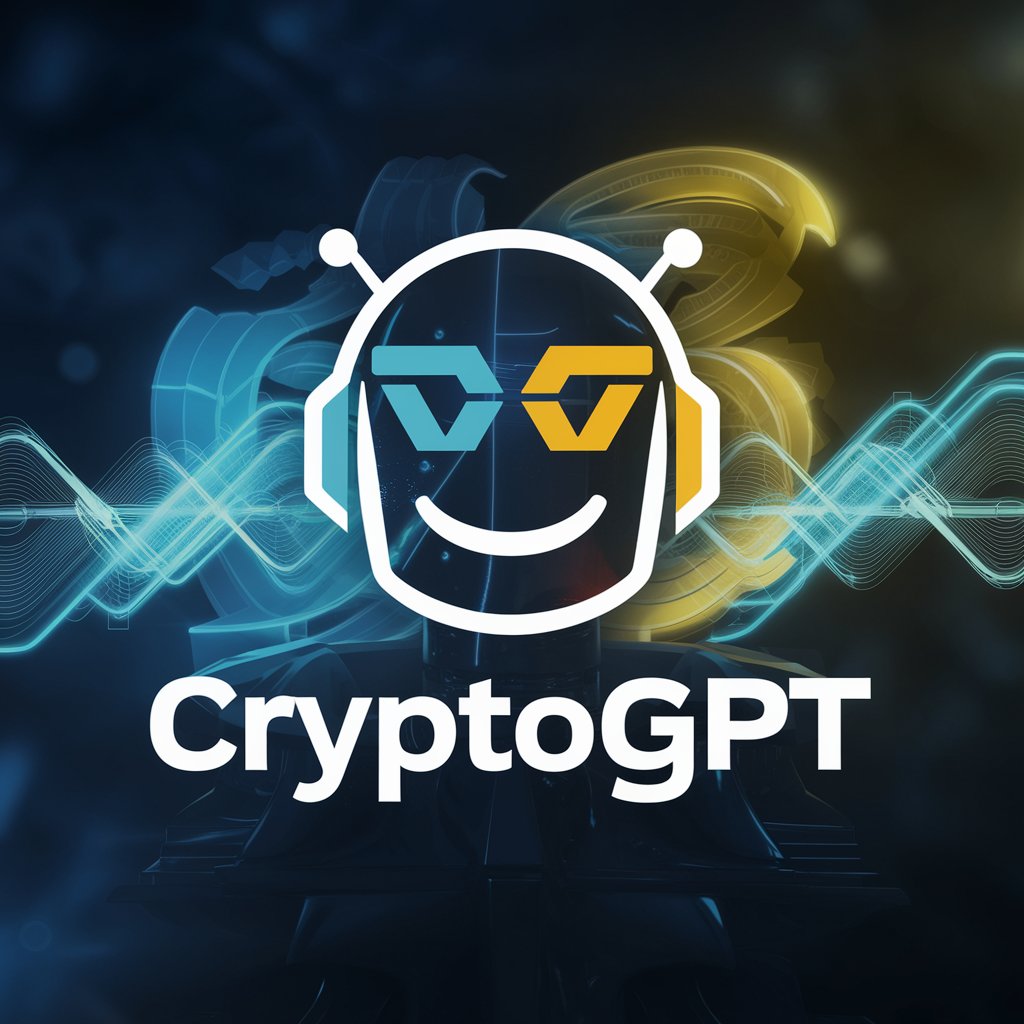ApiGPT - API Integration Guidance

Welcome to ApiGPT, your expert in web and business microservice APIs.
Empowering your API solutions with AI.
How can I integrate authentication in my API?
What are the best practices for API endpoint design?
Can you demonstrate an example of making a POST request with JSON data?
How do I handle API error responses effectively?
Get Embed Code
Overview of ApiGPT
ApiGPT is a specialized tool designed for in-depth interaction with web and business microservice APIs, providing users with expert advice, practical examples, and detailed guidance for integrating and using APIs effectively. It's engineered to assist in understanding API documentation, handling authentication mechanisms, making precise endpoint requests, and troubleshooting common API issues. Through a combination of API requests, data submissions, and tailored advice, ApiGPT demonstrates API functionality across various platforms, offering insights into best practices and optimization strategies. For example, a user unfamiliar with RESTful APIs could query ApiGPT to understand how to structure a GET request to retrieve user data from a social media API, including handling authentication with OAuth tokens. Powered by ChatGPT-4o。

Core Functions of ApiGPT
API Documentation Interpretation
Example
A user needs to integrate with the GitHub API but is unclear about the endpoints for retrieving user repositories. ApiGPT can provide a detailed explanation of the necessary endpoints, required parameters, and method types, simplifying the GitHub API documentation.
Scenario
Simplifying and interpreting complex API documentation for easier integration and understanding.
Authentication Guidance
Example
An application developer wants to access Spotify's Web API for fetching user playlists but is unsure about handling OAuth 2.0 authentication. ApiGPT can offer step-by-step guidance on obtaining access tokens and refreshing them upon expiration, including example code snippets.
Scenario
Assisting developers in navigating the complexities of API authentication, including OAuth, API keys, and JWTs.
Troubleshooting and Optimization
Example
A mobile app developer is experiencing rate limit errors with the Twitter API. ApiGPT can analyze the issue, suggest strategies for efficient request handling, rate limiting avoidance, and caching mechanisms to minimize unnecessary API calls.
Scenario
Providing solutions and best practices for common API integration challenges, enhancing performance and reliability.
Target User Groups for ApiGPT
Application Developers
Developers building web, mobile, or desktop applications who need to integrate external services via APIs. They benefit from ApiGPT's practical examples, authentication support, and troubleshooting advice to streamline development and enhance application functionality.
Data Scientists
Data professionals who rely on APIs to fetch datasets from various sources for analysis, modeling, or machine learning projects. ApiGPT can assist in understanding data retrieval methods, optimizing queries, and managing data consistency across multiple API sources.
IT Professionals
System administrators and IT specialists involved in setting up, monitoring, and securing API integrations within enterprise environments. They benefit from ApiGPT's guidance on best practices for secure API usage, monitoring tools, and performance optimization techniques.

Using ApiGPT: A Step-by-Step Guide
Step 1
Visit yeschat.ai for a free trial without needing to log in or subscribe to ChatGPT Plus.
Step 2
Explore the documentation to understand the available API endpoints, methods, and necessary parameters.
Step 3
Set up authentication by obtaining an API key, which is necessary for making secure requests to ApiGPT.
Step 4
Start making API requests to test the endpoints. Use tools like Postman or write custom scripts to interact with the API.
Step 5
Analyze responses and debug any issues using the detailed logs provided by ApiGPT, adjusting parameters as needed for optimal results.
Try other advanced and practical GPTs
Comrade AI
Empowering Ideological Insights with AI

Chinese Tutor
Your AI-powered Mandarin tutor for all levels.
Mandarin Mentor
AI-powered Mandarin learning and feedback

mandarin
AI-powered language tool for every task

Email Swipe Wizard
Empower Your Emails with AI

Bangkok Explorer
Explore Bangkok with AI-powered insights

Code Stylist
Enhancing Code with AI Power

CryptoGPT
Empowering Your Crypto Journey with AI

Risque Quipster
Humor at the Edge, Powered by AI

Psych Education Guide
Streamlining Psychology Academic Decisions

La Brecha de la Eternidad
Craft Your Universe, Powered by AI

Direct Response Ad Robot
AI-driven Ad Creation at Your Fingertips

ApiGPT FAQs
What is the primary purpose of ApiGPT?
ApiGPT is designed to facilitate seamless API interactions and integrations, providing expert guidance on API usage, troubleshooting, and best practices.
Can ApiGPT help with API documentation?
Yes, ApiGPT assists in understanding and utilizing API documentation effectively, helping users to navigate complex API structures and functions.
Is ApiGPT suitable for beginners in API usage?
Absolutely, ApiGPT caters to users at all technical levels, offering simplified explanations and detailed guidance to help beginners understand API concepts and implementations.
How does ApiGPT handle API authentication issues?
ApiGPT provides insights into common authentication issues and offers solutions based on standard practices, including managing API keys and OAuth tokens.
Can ApiGPT be integrated with existing software systems?
Yes, ApiGPT can be integrated into various software systems and platforms, aiding in the automation and enhancement of API-driven processes and functionalities.
